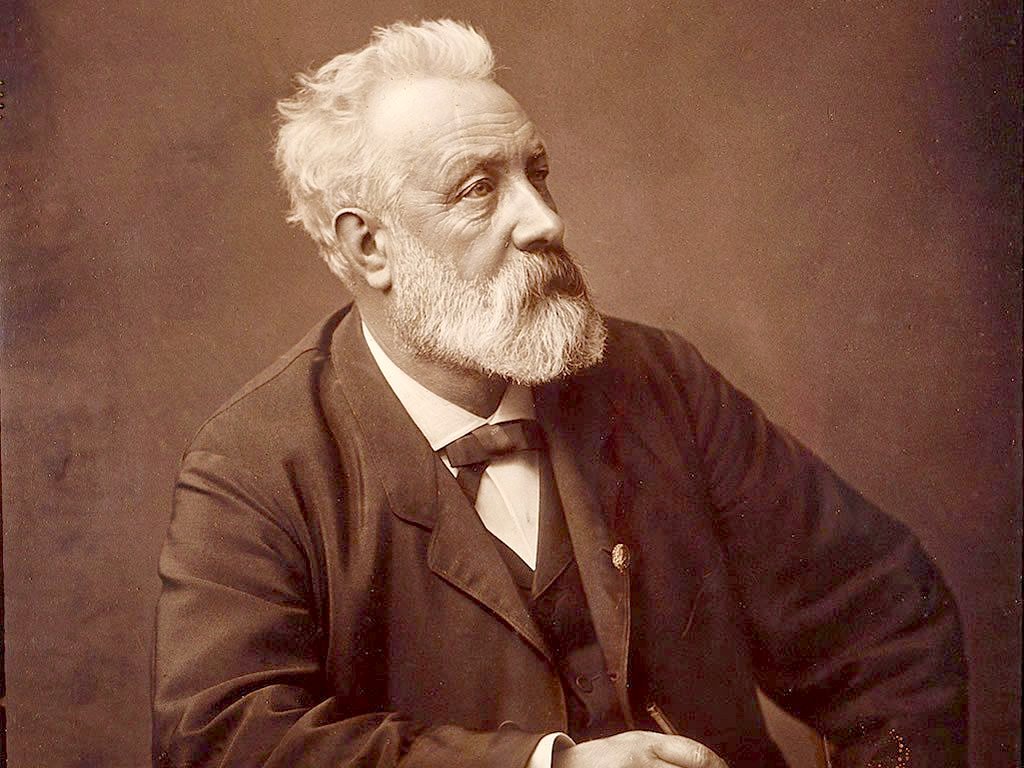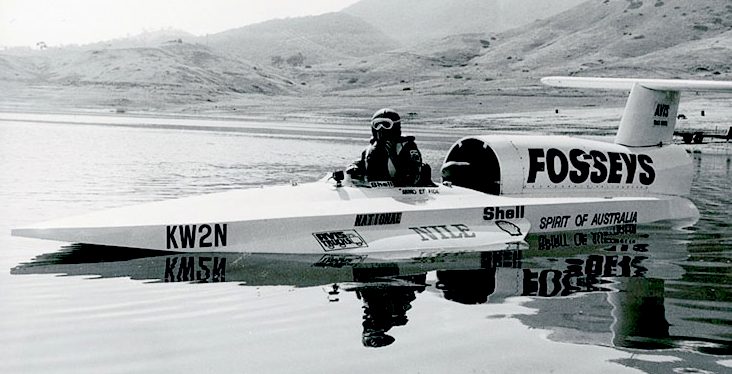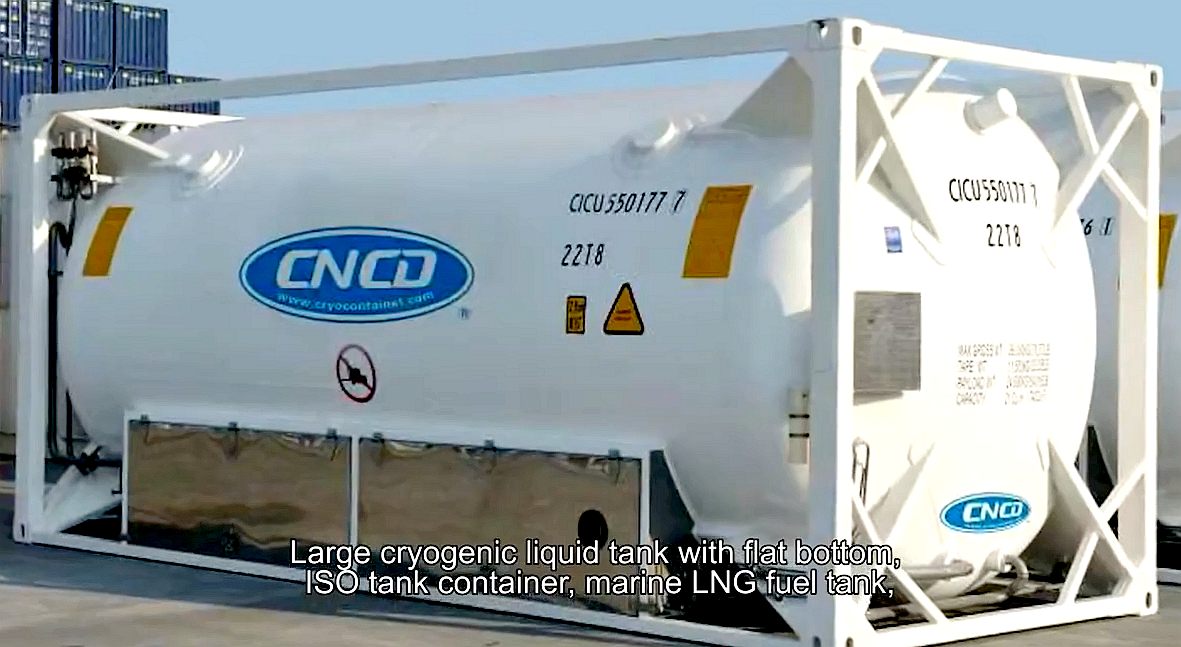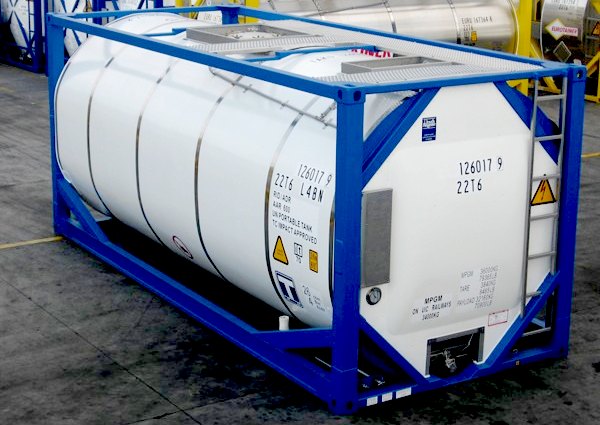|
LH2 CHALLENGE - AROUND THE WORLD IN 80 DAYS
Please use our A-Z INDEX to navigate this site or return HOME
|
|||||||||||||||||||||||||||||||||||||||||||||||||||||||||||||||||||||||||||||||||||||||||||||||||||||||||||||||||||||||||||||||||||||||||||||||||
|
PREDICTIONS - The Elizabeth Swann, could be the vessel that proves Jules Verne's prediction correct on the 150th anniversary of the 1874 publication: The Mysterious Island, if hydrogen derived from water via electrolysis is used as a fuel to circumnavigate the globe in under 80 days.
In 1874, Jules Verne predicted water as a fuel, in The Mysterious Island. If it were possible to mount a hydrogen powered challenge by 2024, it would be on the 150th anniversary of that publication. But that only gives us 3 years to design and construct a hull with a cryogenic fuel tank or payload, where classification could pose a problem, such vessel being potentially experimental, and being a one off, unless at a later date the platform attains a recognised status. Hence, 2024 is a notional target. If certification takes another year or two, we could run on steam (a hydrogen steamer) in 2026 (152nd anniversary) etc. Hence, the SS Elizabeth Swann.
The most likely reason for not being able to reach the target date is certification, even though ISO tanks exist that are man enough for the task, as do relief control valves and other safety apparatus. We understand that there is as yet no general classification for hydrogen fuelled vessels, but here are rules for cryogenic LNG tankers. The applicable regulations, and starting point for an assessed 'Approval in Principle' (AiP) is compliance with the International Code for the Construction and Equipment of Ships Carrying Liquefied Gases in Bulk (IGC Code) SOLAS chapter VII and IMO's Interim Recommendations for Carriage of Liquefied Hydrogen in Bulk (IRCLHB).
The hull of the Elizabeth Swann is ideal, by way of an innovative testbed for bulk carrying, as in a fairly large fuel tank, in that the central hull component is not connected to the passenger carrying cabins, but separated by a significant air space, to dissipate hydrogen leaked into the atmosphere, so preventing potentially dangerous build up. Hence, items 1-29 of the IRCLHB may be more easily incorporated. Such as venting, insulation, piping and leak detecting sensors. In addition, collision protection is better managed, with the trimaran's outriggers deflecting virtually all impact scenarios, and the tubular construction of the main hull (with additional cryogenic buffers), is stronger than conventional ship hulls, proportionally.
CONVENTIONAL BATTERY-ELECTRIC HULL
In view of the potential delays certifying the LH2 safety element of the design, it is proposed that the hull be constructed stand-alone - as a battery-electric ship - without hydrogen in the equation, but that such fuel tank, might slot into a hold in cartridge fashion, as and when approval is forthcoming. By way of build strategy, this will accelerate development, giving classifying partners the time needed to assess and negotiate specifications. Additionally, once the "80 Day" event is completed, the LH2 cartridge may be optionally removed.
VESSEL MASS & CRYOGENIC MATERIALS
Cryogenic cylinders are generally of stainless steel inner liners and high strength steel outers, dependable but heavy. Reduced mass cylinders were developed by NASA for the Shuttle's external tank, principally made of AlĖLi 2195 alloy. This alloy provided a significant reduction in tank weight (about 7,000 pounds or 3,175 kg) over their LWT. The Super Light Weight Tank (SLWT) provided 50% of the performance increase required for the Space Shuttle to reach the International Space Station, by way of an inspirational example. Hence, for our purposes, stainless steel may be our starting point, in terms of availability and trials, with aspirations of alloy weight savings, should such a platform proceed past the experimental vessel stage.
LOGISTICS
LH2 bunkering pit-stops increases the logistics challenge, but significantly reduces the mass of the Swann, hence, hull drag. For the C&W Adventurer, 7 refueling stops was not much of a problem, made up of port administration and media opportunities.
Where no LH2 bunker facilities exist at present, temporary delivery arrangements will need to provided.
The blocker to zero emission progress is the almost total lack of hydrogen bunkering at ports and harbours, simply because the infrastructure is under-developed, even though the technology exists. We hope the newly triggered IMO clean air laws might kickstart facilities - to help fleet operators meet the IMO's 2040 targets.
V2 DRAFT BUNKER LAYOUT - Dependent on the mass of the LH2 tank, this general arrangement is proposed. The Swann is a greyhound, one-off special for experimental research. Not a class vessel. The weight of the vessel increases by around 25 tonnes, even with lightweight materials. Eventually, she could be a low volume tanker, or an inter-island ferry, with scale up potential.
FUEL TANK SIZING
The Swann needs to dock to refill with liquid hydrogen 3 times with one LH2 tank of this size, and maybe 4 times if higher speed is needed - to be on the safe side. The shape of the tank is a factor, to reduce boil-off when vessels powered by liquid hydrogen are stationary, with larger diameter, short tanks reducing the surface area that conducts heat. Hence, one large tank is preferred to two smaller tanks. Except that if the fuel is being used more or less constantly, as in high speed runs (with just pit stops), boil off is useful, to feed the fuel cells. In which case, smaller cylinders with thinner walls might be an advantage in terms of overall system weight reduction, and reduced buckle, that longer large diameter tanks are prone to. It's an interesting compromise.
The design and build is relatively easy, compared to the logistics dare and potential classification ordeal, with the navigation element being a comparative walk in the park.
WATER SPEED RECORD - Until November 20, 1977, every official water speed record had been set by an American or Briton. In 1977 Australian Ken Warby broke the Anglo-American domination when he piloted his Spirit of Australia to 288.6 mph (464.5 km/h) to beat Lee Taylorís record. Warby, who had built the craft in his back yard, used the publicity to find sponsorship to pay for improvements to the Spirit. On October 8 1978 Warby traveled to Blowering Dam, Australia, and broke both the 300 mph (483 km/h) and 500 km/h barriers with an average speed of 317.18 mph (510 km/h). The record stands today. At this kind of velocity over water, making such attempts is a very dangerous sport. It makes the World Hydrogen Challenge seem very staid.
We are looking at this project with a view to a smooth resolution, or other temporary means, that we might operate experimentally. Given that it is just one quite short voyage around the world, relative to the achievement. Many such innovations are scuppered by institutionalised barriers. Typically, in the land and water speed record breaking arenas, the rules are broken in order to advance the science, with the regulatory bodies playing catch-up, once a new record is set. All hail Ken Warby (Spirit of Australia) and Andy Green (Thrust SSC).
ENERGY REQUIRED - BUNKER STOPS x 3
The target speed for our attempt will be 13 knots+. This is pushing known technology to the limit, making mass reductions in the hull a prerequisite.
To accomplish this feat, we'd need around 47.199kWh of boost energy, for which we'd need to carry at least 20,000 litres (20m3) of liquid hydrogen fuel weighing some 1,400kg, not including the weight of the tanks. Energy from solar will be proportional to the distance covered (with latitude variation) averaging @ 48,000kWh for the circumnavigation in total. A simplistic 1/3rd division (16,000kW) yield from solar/wind, to give us a total of 63,199kWh per (theoretical) 7,870nm leg = 8.03kW (10.76 hp) per nautical mile. These are only rough estimates. For example, hydrogen is converted to electricity via fuel cells at around 50% efficiency. The C&WA used 14.85kW per nm @ 35% diesel conversion rate = 5.1975kW (6.967 hp) per nm, minus propeller to thrust conversion losses (say 10% greater than ES) = 4.68kW (6.27 hp). We make up some of the difference with our shaft-less hydro-jet efficiency. The C&WA was running at a higher speed, around 16 knots, so used (proportionally) considerably more fuel due to the cube rule, where they had only 62 days of runtime following their 7 refueling stops.
STANDARD ISO - A 20m3 cryogenic tank, multi-layered vacuum insulation, in stainless steel. These units are heavy. We'd not need the steel frame, where mountings would be fabricated in alloy. A tank like this made of Weldalite 049 aluminium, can be welded conventionally. Large tanks are available from many manufacturers concerning LNG. Not so with hydrogen, where lower temperatures are involved. LH2 tanks operate at significantly lower pressures, compared to compressed hydrogen gas cylinders. This may be the way to go for zero emission trucks, as we approach the 2035 cut off point, after whcih diesel and petrol vehicle sales are set to cease.
Stationary tanks are filled from
tankers called tank-tainers. The cylinders are the same
design as stationary tanks but in addition must meet the requirements of the Department of Transportation.
|
|||||||||||||||||||||||||||||||||||||||||||||||||||||||||||||||||||||||||||||||||||||||||||||||||||||||||||||||||||||||||||||||||||||||||||||||||
|
ZEWT ALORS - The solar and wind powered 'Elizabeth Swann' will feature solar collectors and wind energy harvesting apparatus in an advanced configuration. Her hull configuration is ideal to incorporate mass hydrogen storage tanks, offering ranges of up to 4,000nm on compressed gas. This yacht could circumnavigate the globe on one fill up of liquid hydrogen, stored in two cryogenic tanks. Unfortunately, at this stage not in under 80 days, to equal the famous Jules Verne round the world record. Though, anything is possible in a world literally frying itself using fossil fuels. We'll need to see how Cop26 pans out.
|
|||||||||||||||||||||||||||||||||||||||||||||||||||||||||||||||||||||||||||||||||||||||||||||||||||||||||||||||||||||||||||||||||||||||||||||||||
|
A-Z
INDEX OF H2 POWERED FUEL
CELL SHIPS
LIQUID HYDROGEN LINKS & REFERENCE
https://www.alibaba.com/product-detail/Liquid-Nitrogen-20-FT-ISO-Cryogenic_60769128469.html https://cryodirect.com/ https://cryostar-hydrogen-solutions.com www.gofa.de www.chartindustries.com
|
|||||||||||||||||||||||||||||||||||||||||||||||||||||||||||||||||||||||||||||||||||||||||||||||||||||||||||||||||||||||||||||||||||||||||||||||||
|
Please use our A-Z INDEX to navigate this site or return HOME
This website is Copyright © 2021 Jameson Hunter Ltd
|
